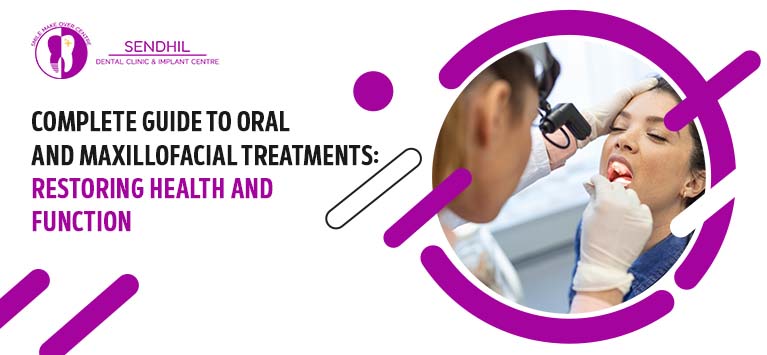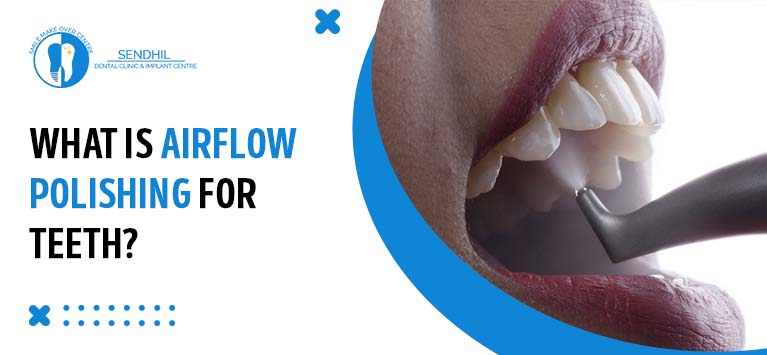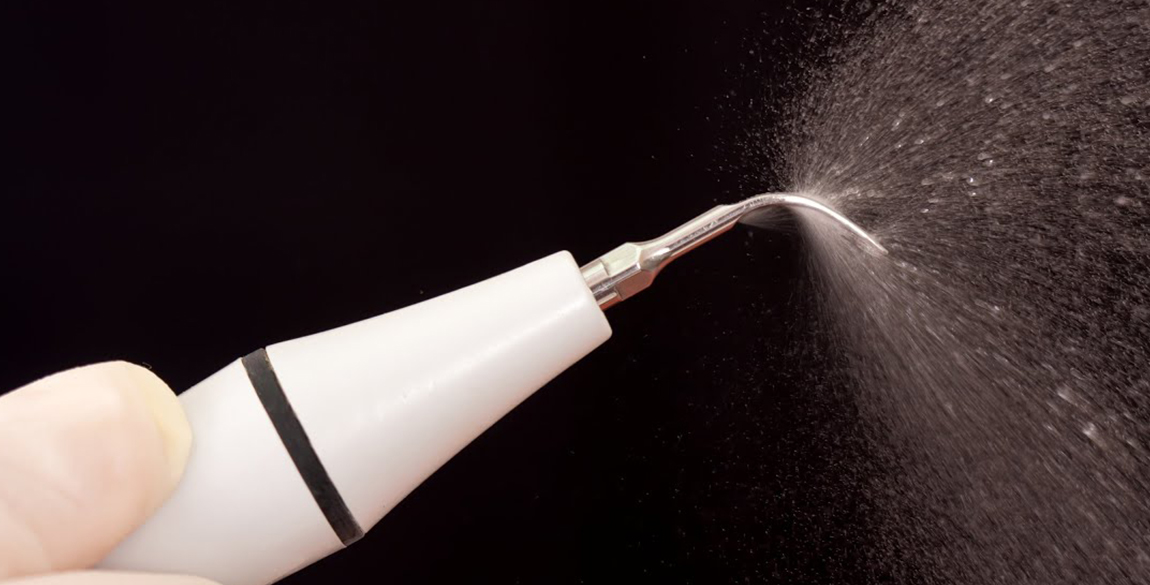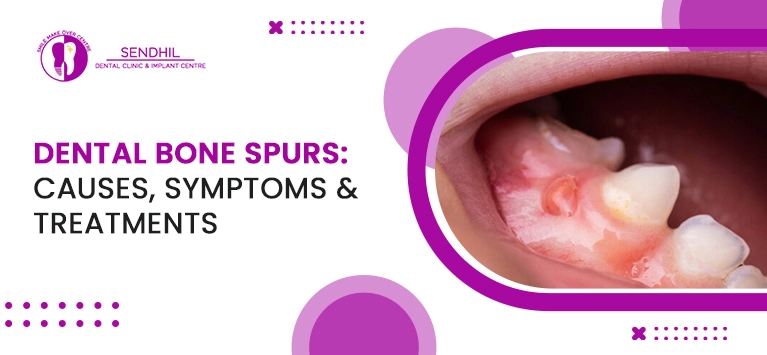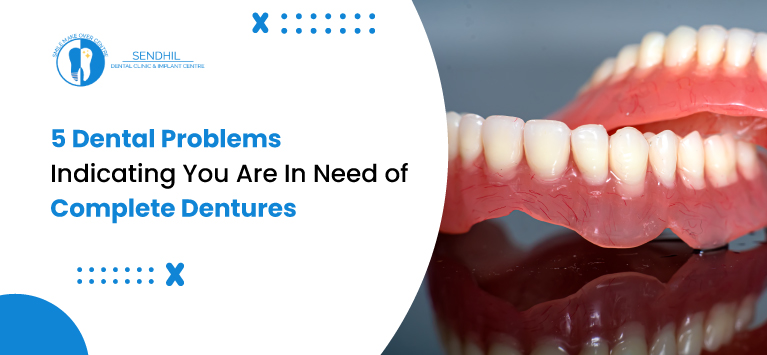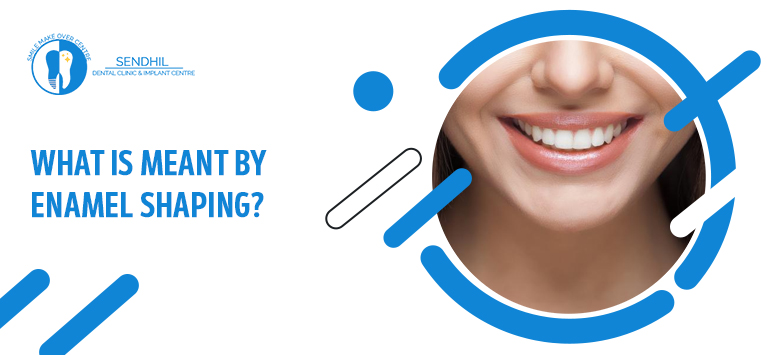Palate Expander – It’s Not as Difficult as You Think
A palatal expander is a kind of orthodontic appliance and it is equipped to widen a child’s upper jaw. The goal of expanding the roof of a child’s mouth is to create spaces so that the teeth in the upper and lower jaw will align correctly.
The expanders are uniquely made for each child and have 2 halves that are attached to the upper molar teeth on both sides of the jaw. Those 2 parts are connected in the middle with a screw. You should turn the screw, by rotating it with a special key on a specified schedule. It seems complex and little scary but it is the process of applying gentle pressure. This makes the two palatal bones (bone in the mouth roof) move apart and widens the jaw.
This is also known as palate expander, orthodontic expander and this may be the first phase of teeth straightening treatments in some kids.
Table of Contents
Why does a child require palatal expansion?
Orthodontists recommend palate expansion in circumstances that hinder the teeth straightening process. At times, the maxilla expansion will correct the teeth misalignment problems.
The unusual conditions that require orthodontic expanders include:
- Impacted teeth
- Teeth Crowding
- Crossbites
- Underbites
- Maxillary transverse deficiency
What are the types of Palate expanders?
The palatal expanders are custom-made for each patient concerning their dental arch and palate size. Likely, they are available in fixed and removable types also. Here are the different types of maxilla expanders dentists recommend:
1) Rapid Palatal Expander – It is the widely used orthodontic expander to address narrow palate and in turn, treats crossbite, crowded teeth issues. You have to turn the screw with the provided special key each day. Over time, bones in the palate shift and creating space to reposition the misaligned teeth.
2) Removable Palatal Expander – It is recommended for minor jaw widening. It works the same as a regular palatal expander whereas the only difference is, you should turn the screw twice or thrice a weak instead of once or twice a day. Remember that you can get different kinds of removable maxilla expanders.
3) Implant-Supported Palatal Expander – It is apt for late teens whose jawbones are fully developed so that heavy pressure is necessary to expand the maxillary bone. This expander consists of 4 mini implants that exert force directly to the palatal bone.
4) Surgically Assisted Palatal Expansion – Orthodontists insert palatal expander surgically into the maxilla bone to widen the upper jawbone. This is required in rare cases, for people whose jawbone is not fully developed even after attaining their 20s.
What can you expect after the expanders are attached?
The maxilla expanders take some time to get familiar with. Until then, the appliance will cause mild pain and discomforts. The common difficulties associated with the expanders in the initial stage of treatment include:
- Short term drooling
- Difficulty in eating and talking
- Pressure below the eyes or at top of the nose
- Chronic headaches
- Gap between the front teeth. It happens with expanding the jaw bone
If your child has prolonged difficulties after attaching the expanders, consult your dentists. Such pain can be treated with over-the-counter medications.
Bottom line
Orthodontic expanders are prescribed for kids and teenagers prior to teeth straightening if they have a narrow jawbone. Similar to the orthodontic appliances, you should take care of the palate expanders. It requires 3 times brushing a day and avoiding certain food items like sticky foods, candy, and others which are detrimental to your teeth.


